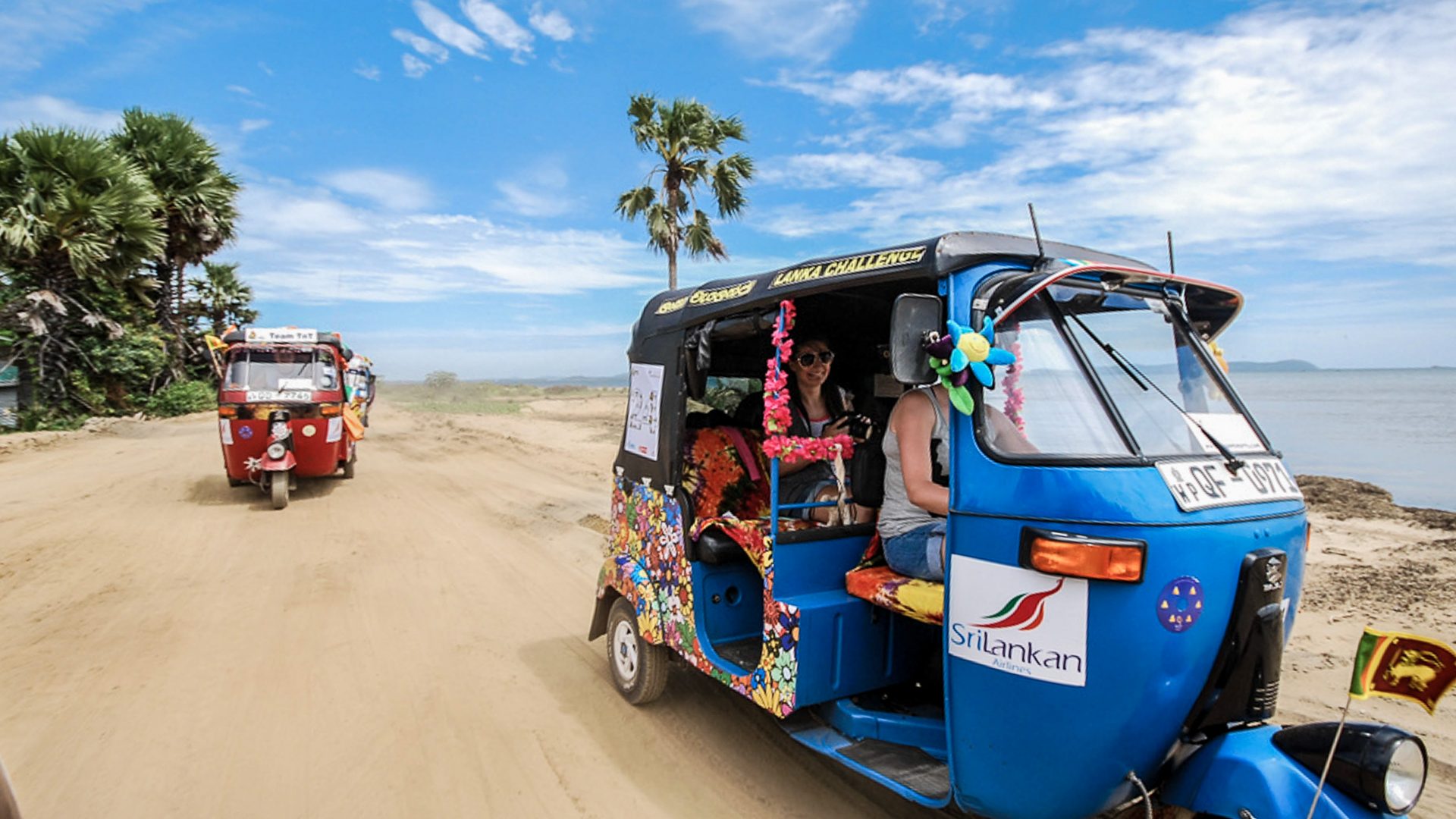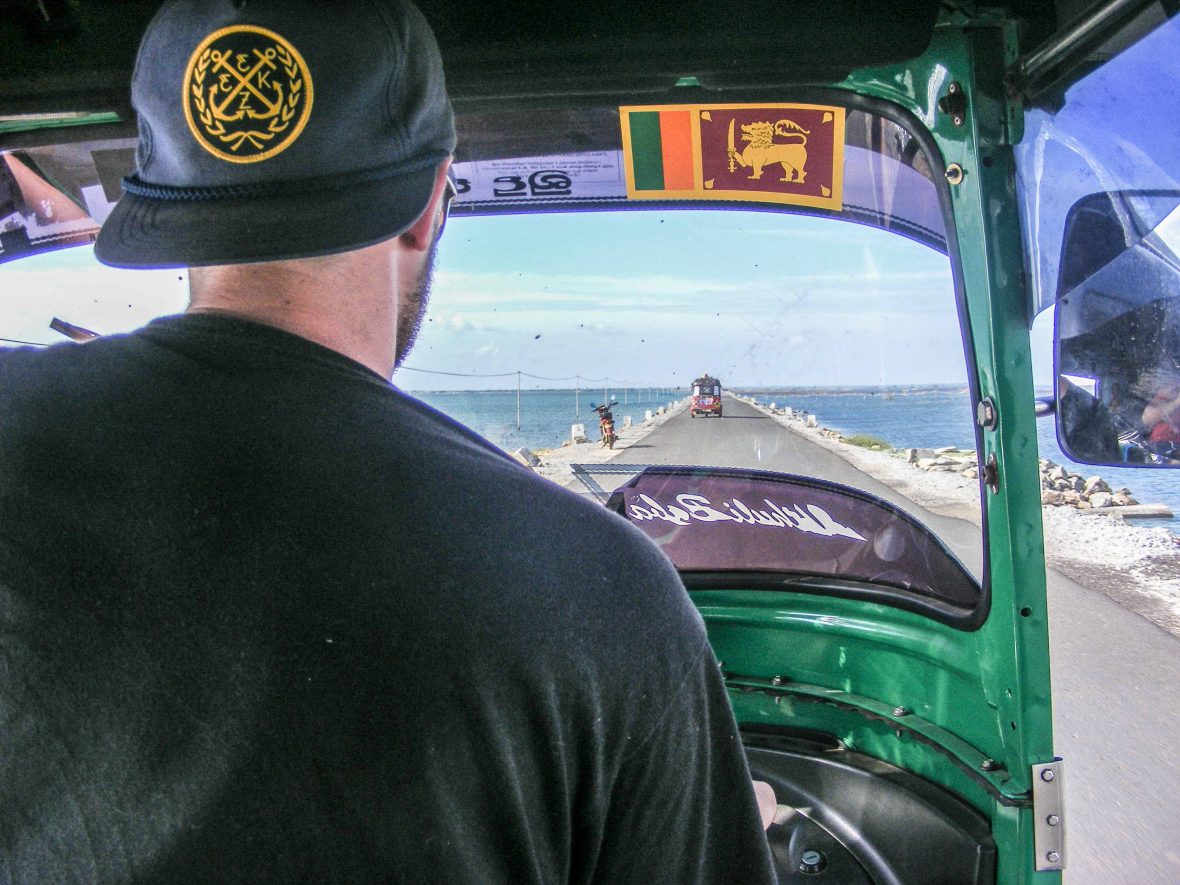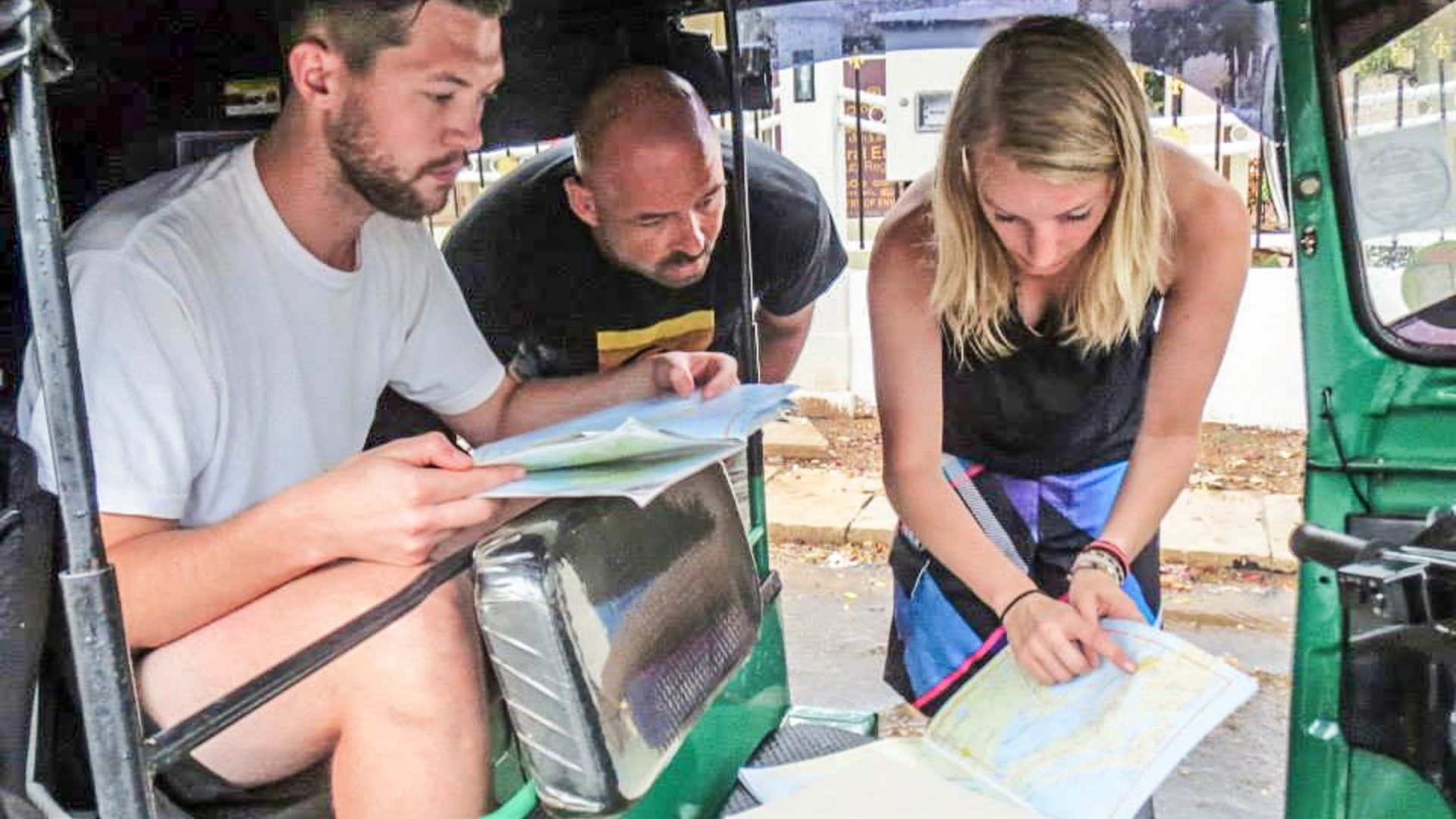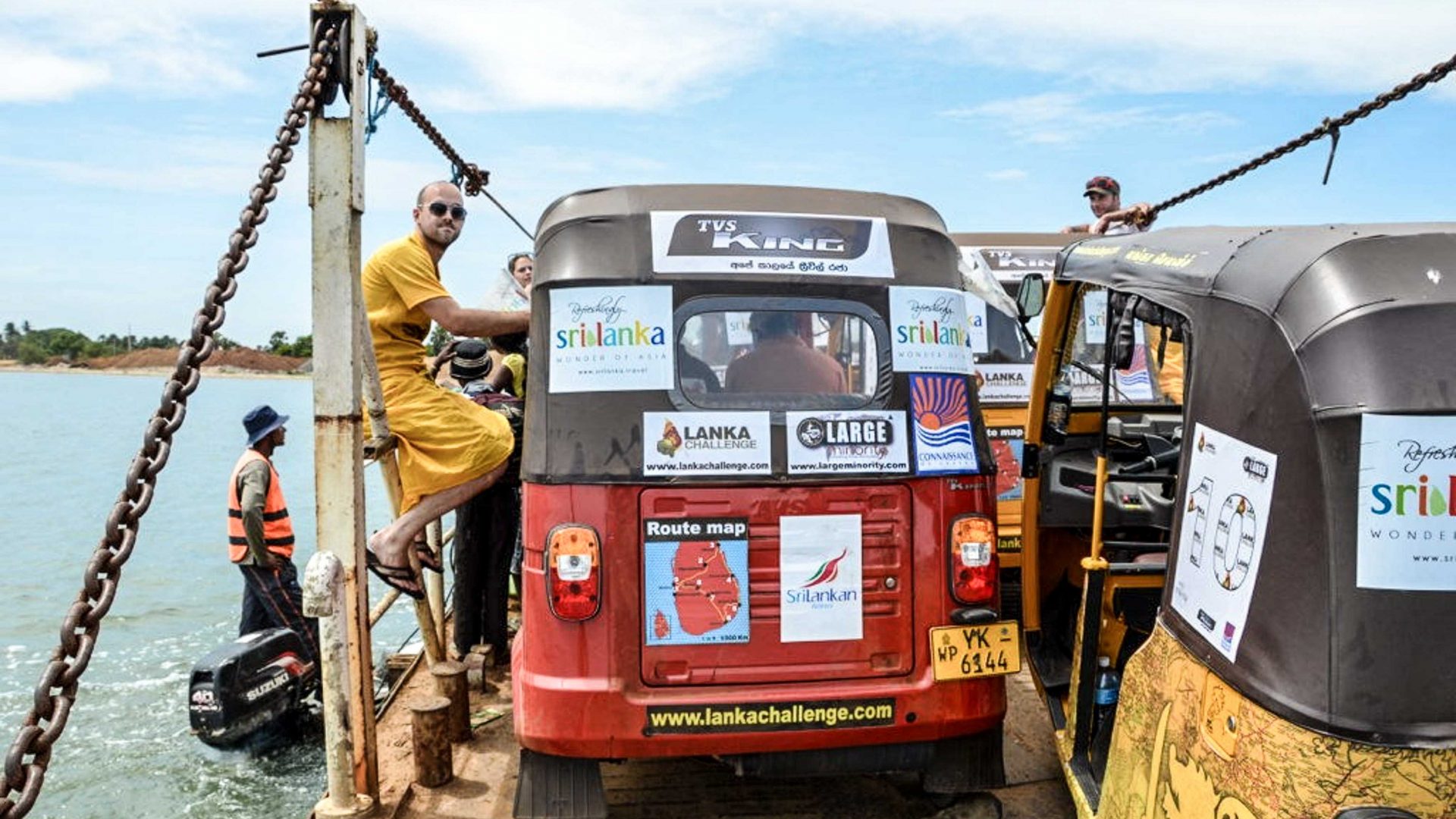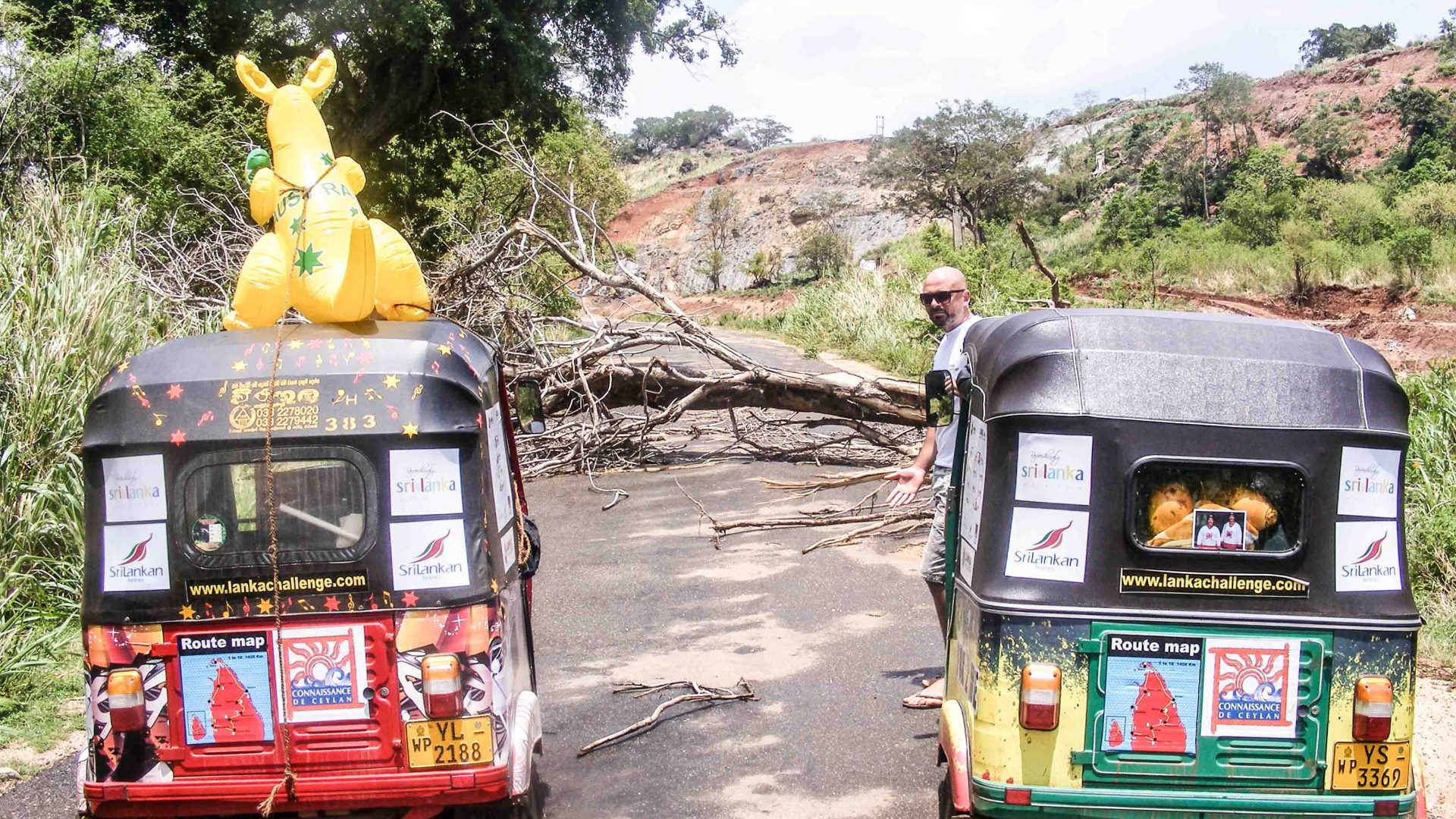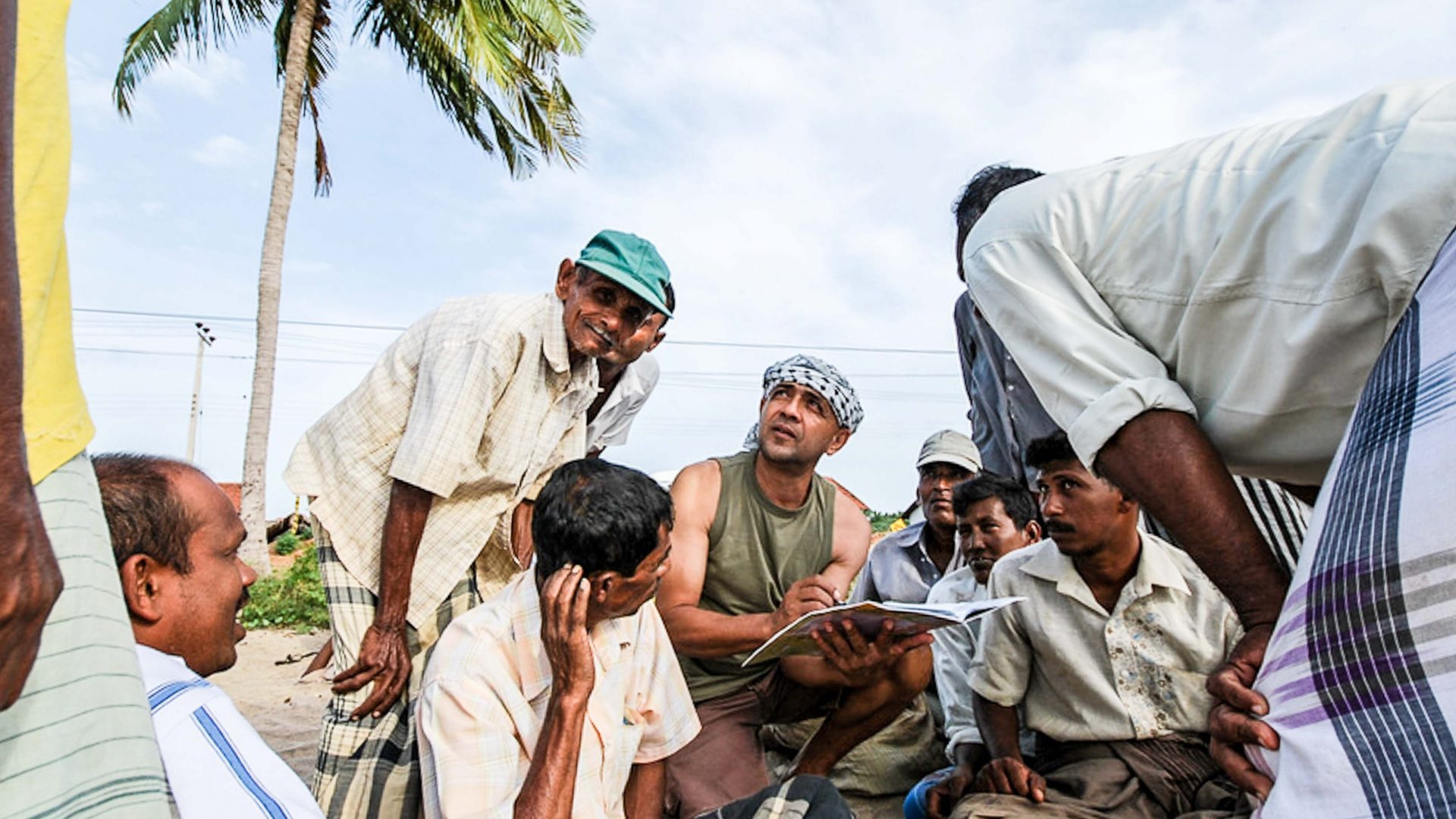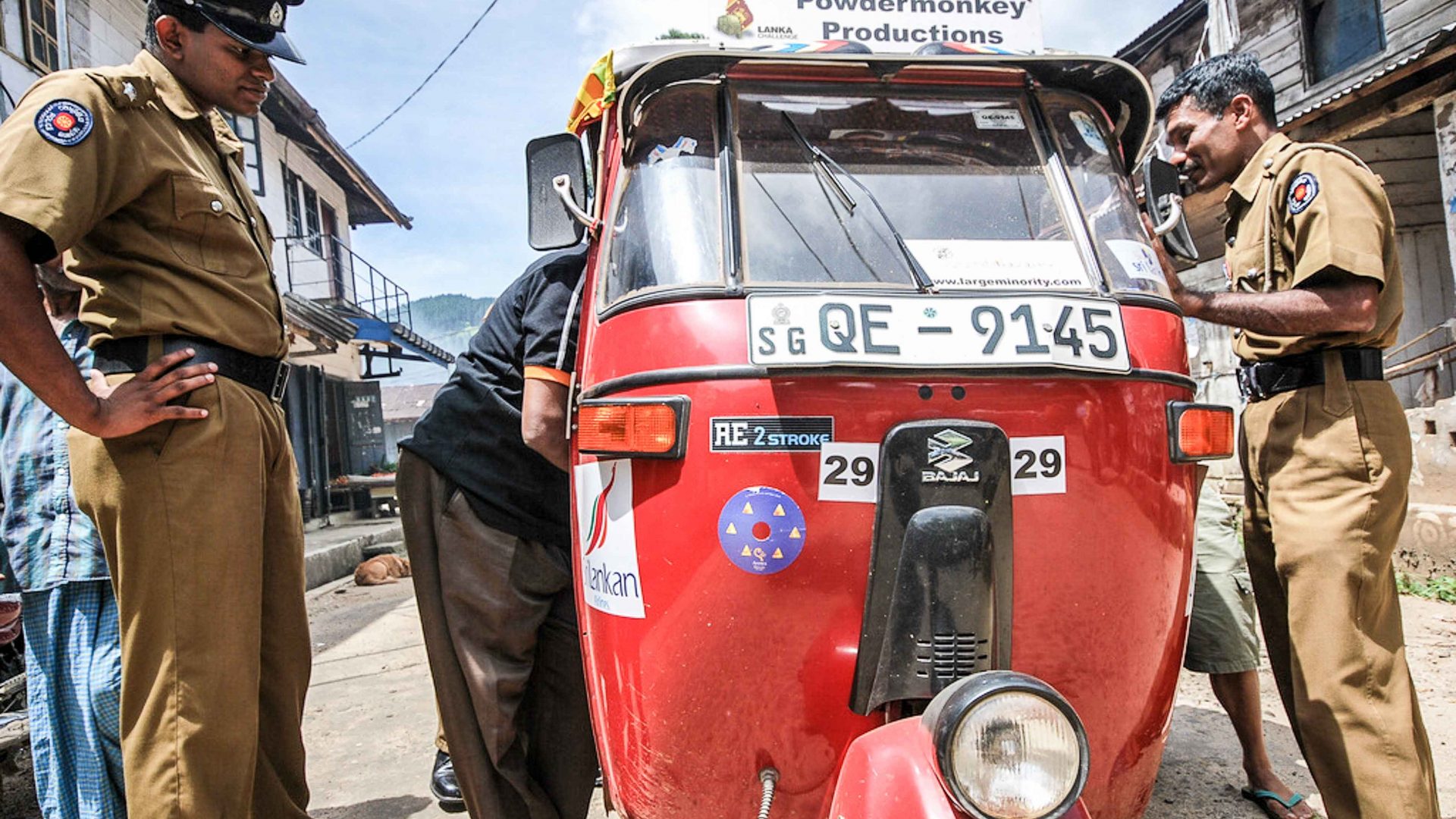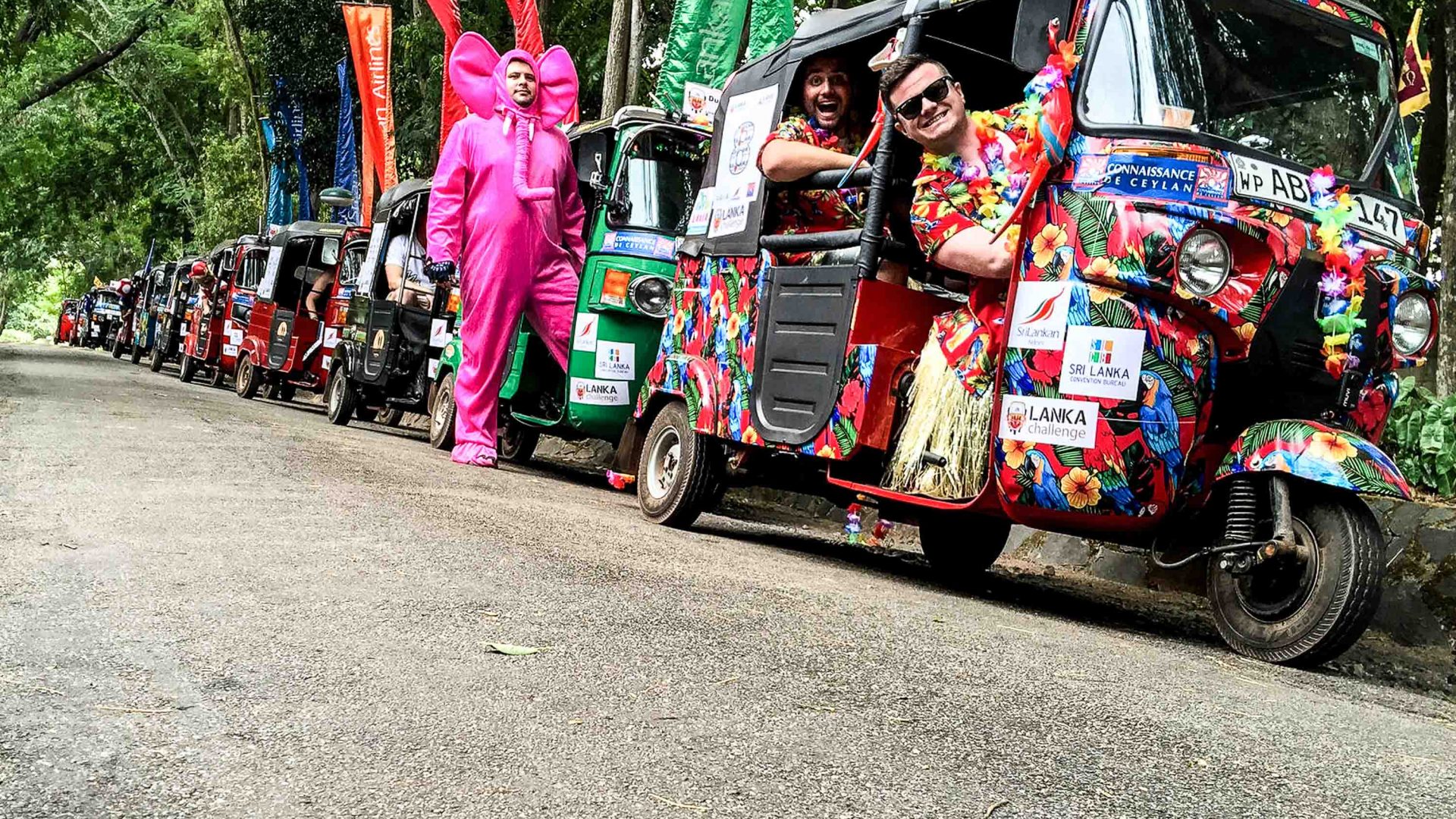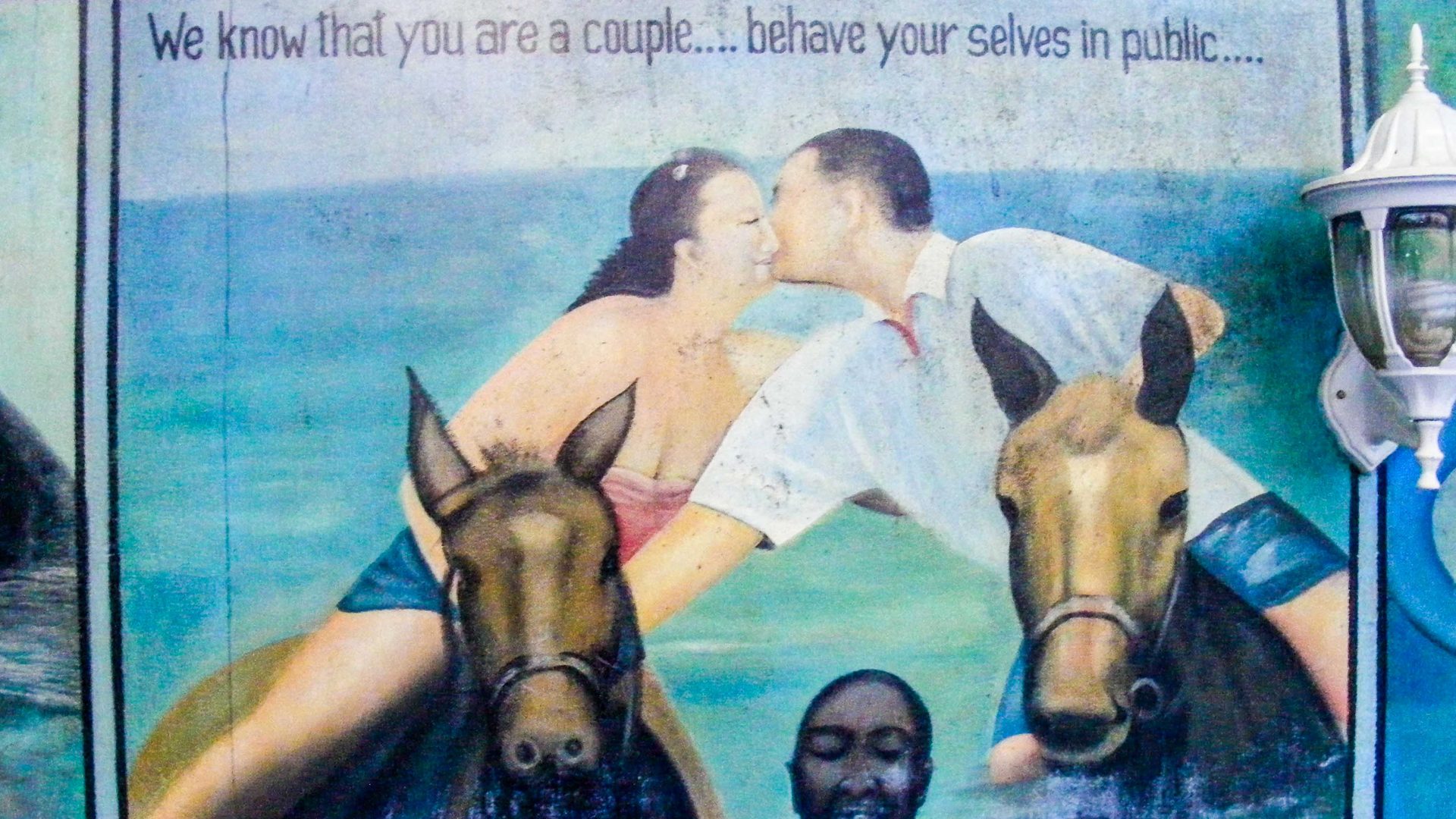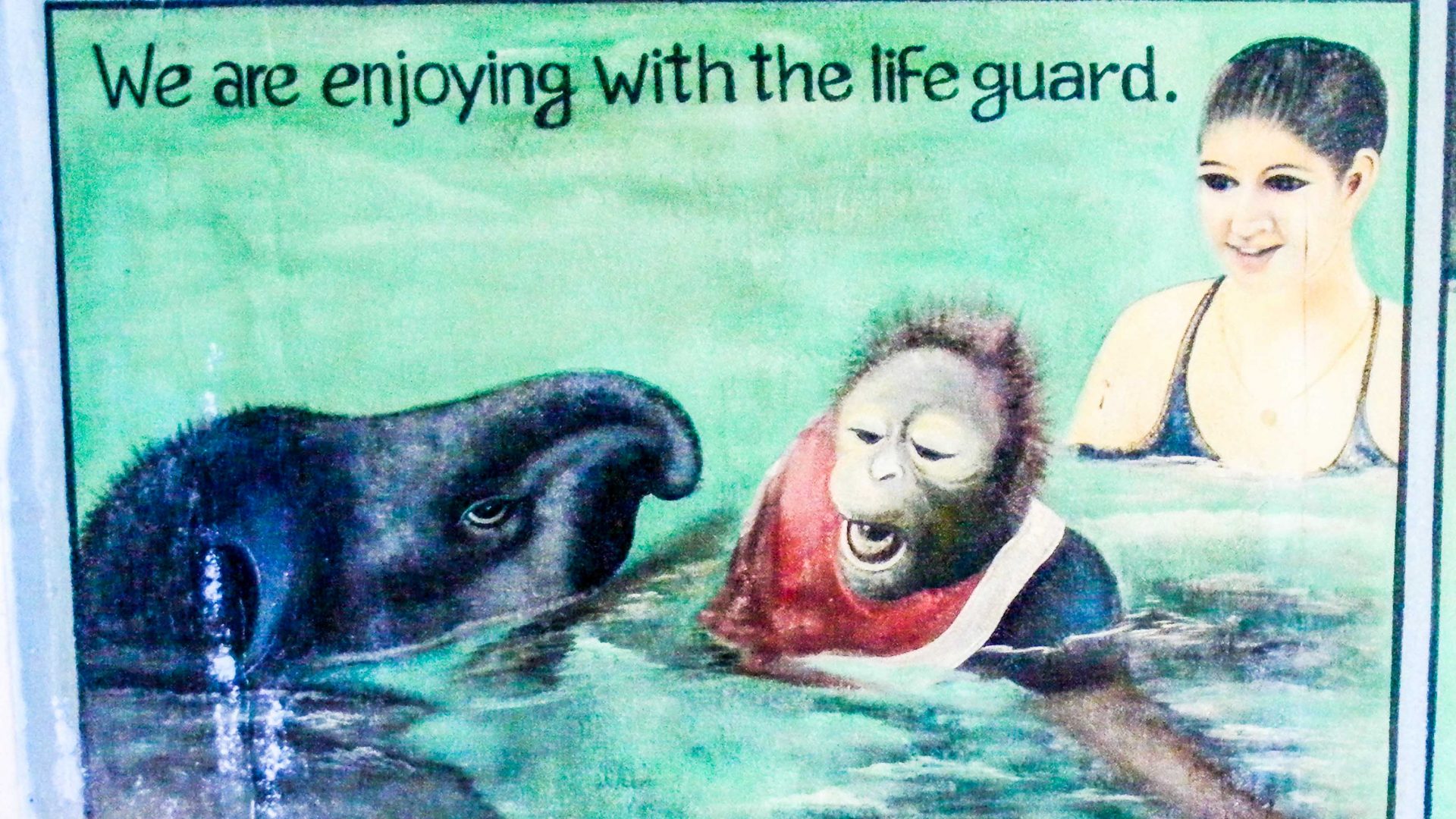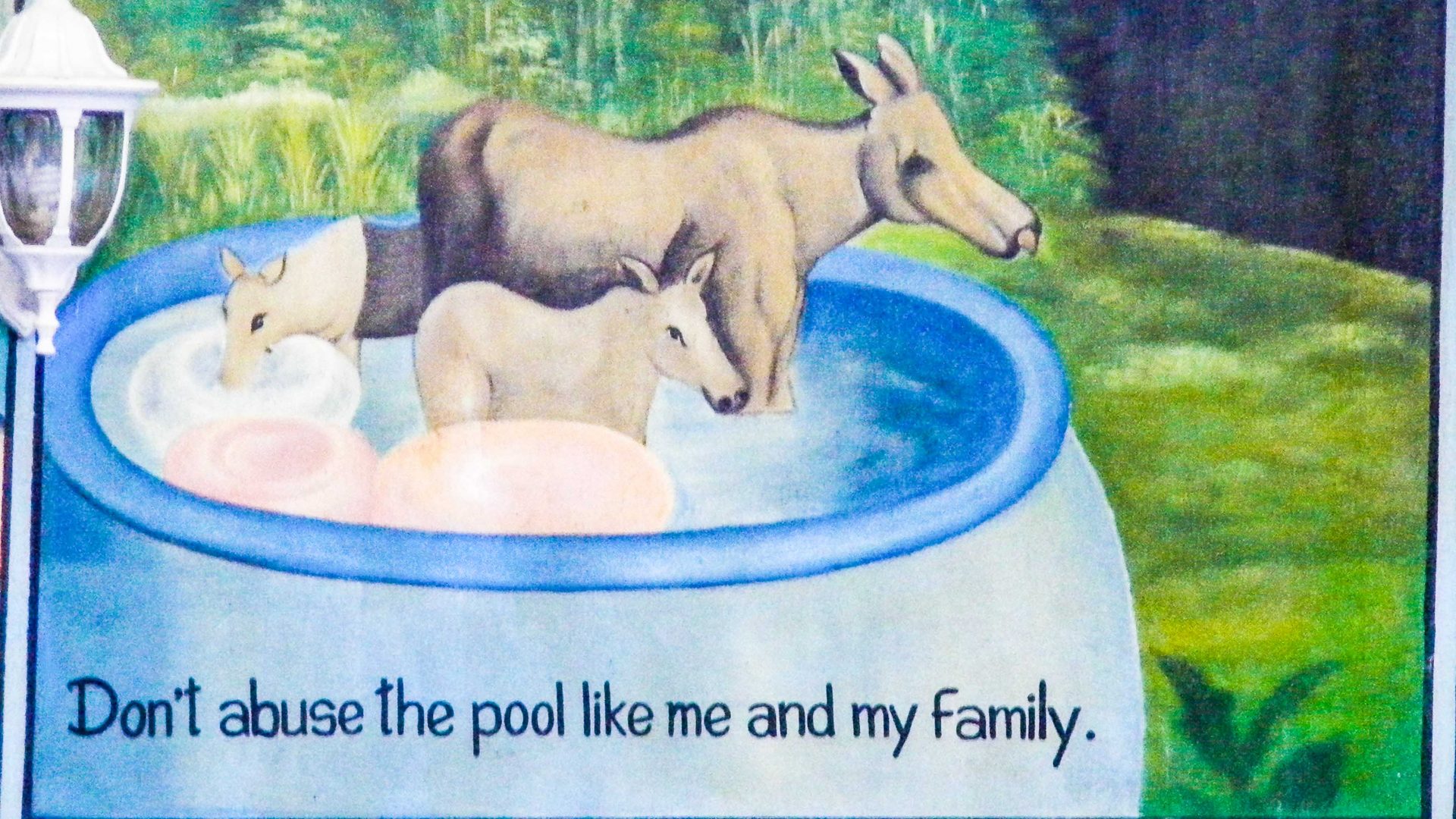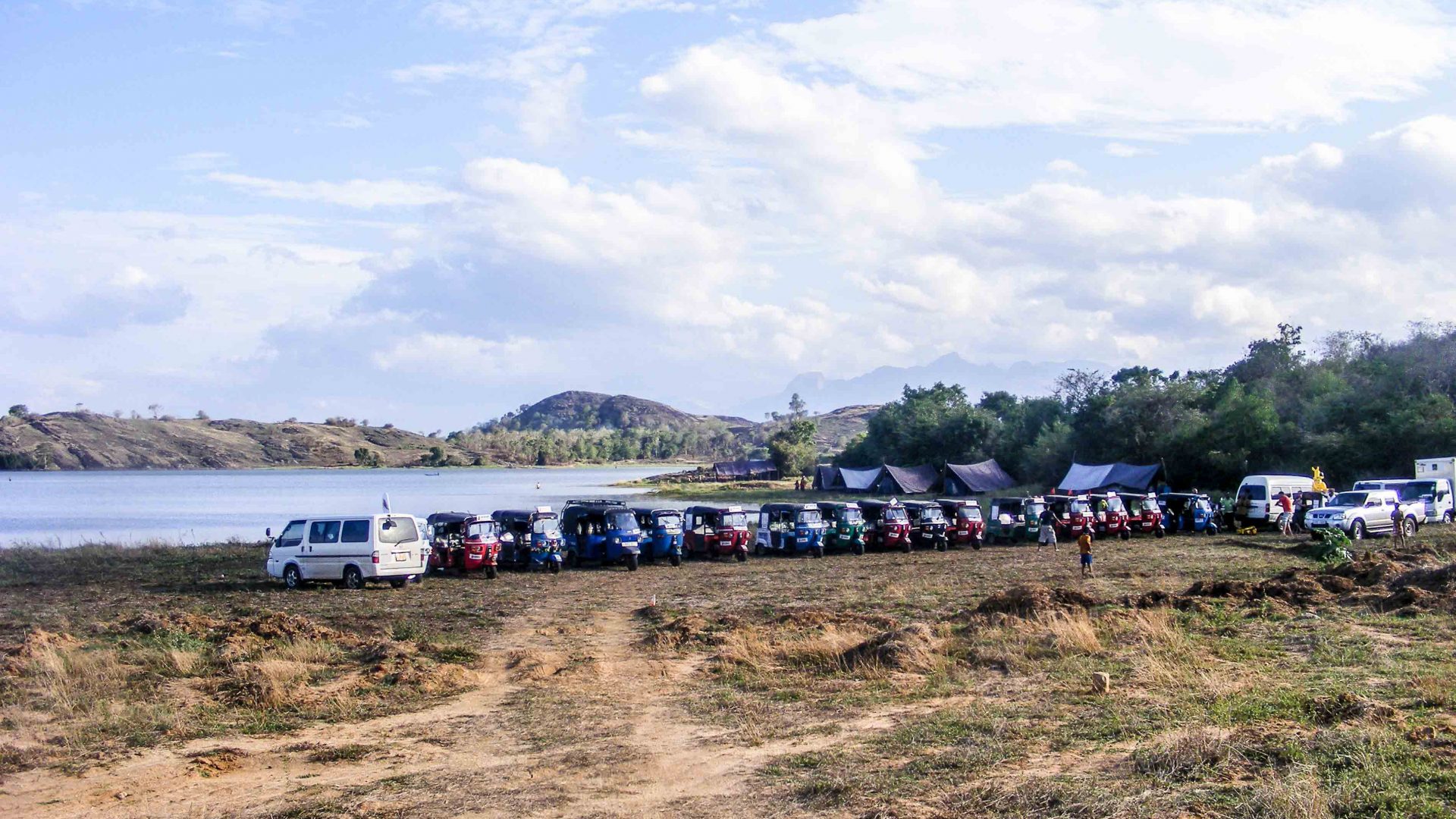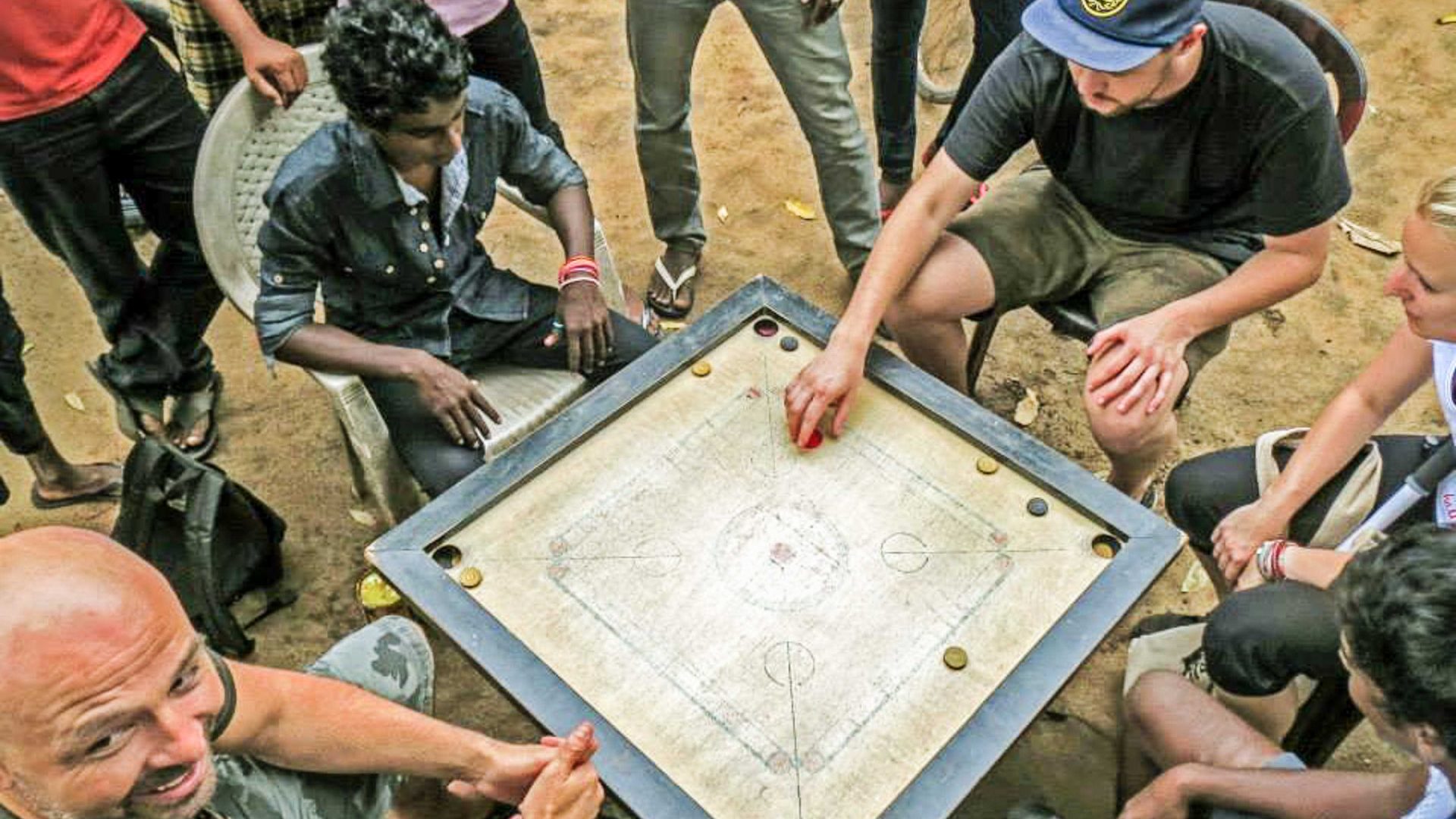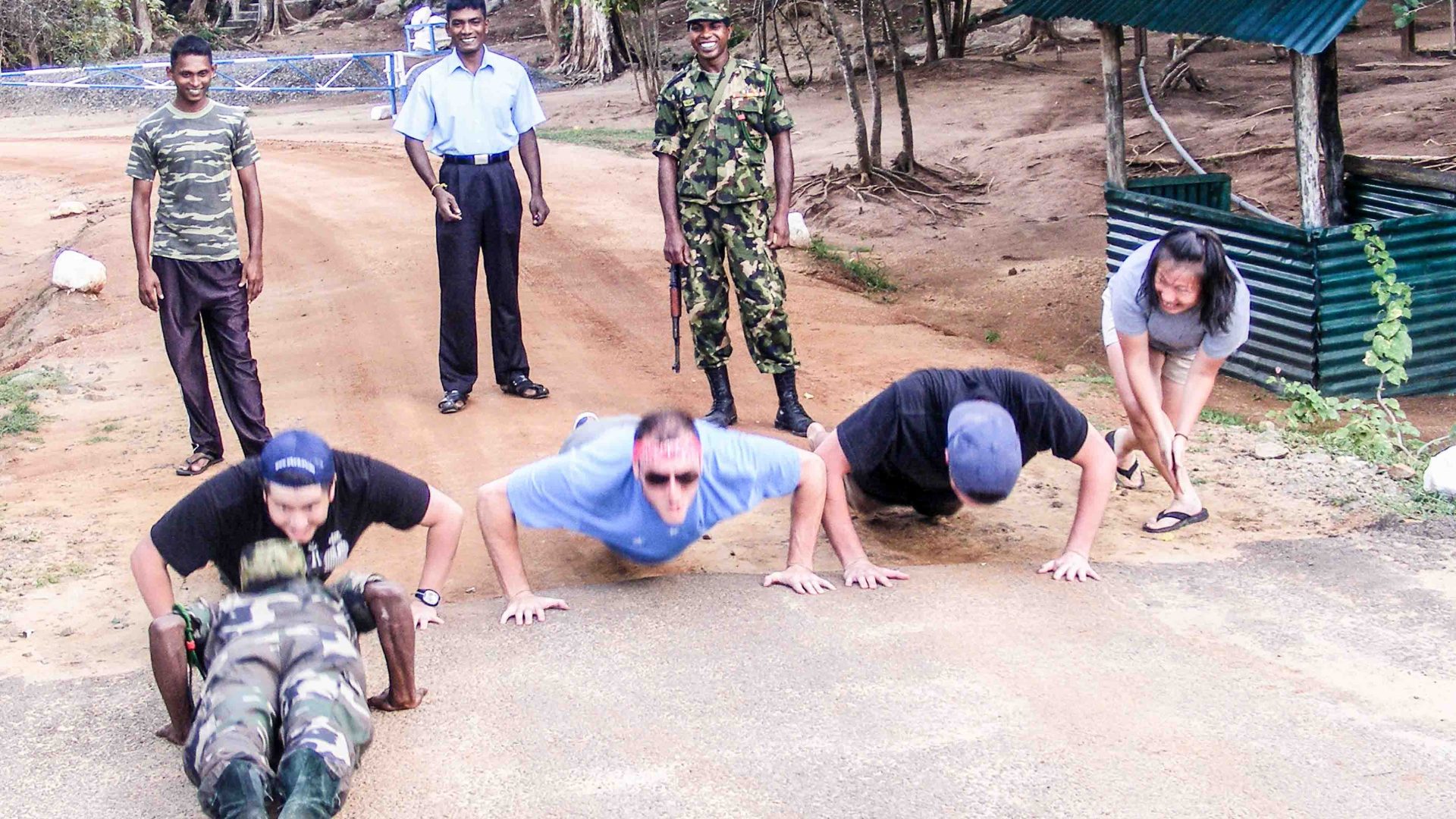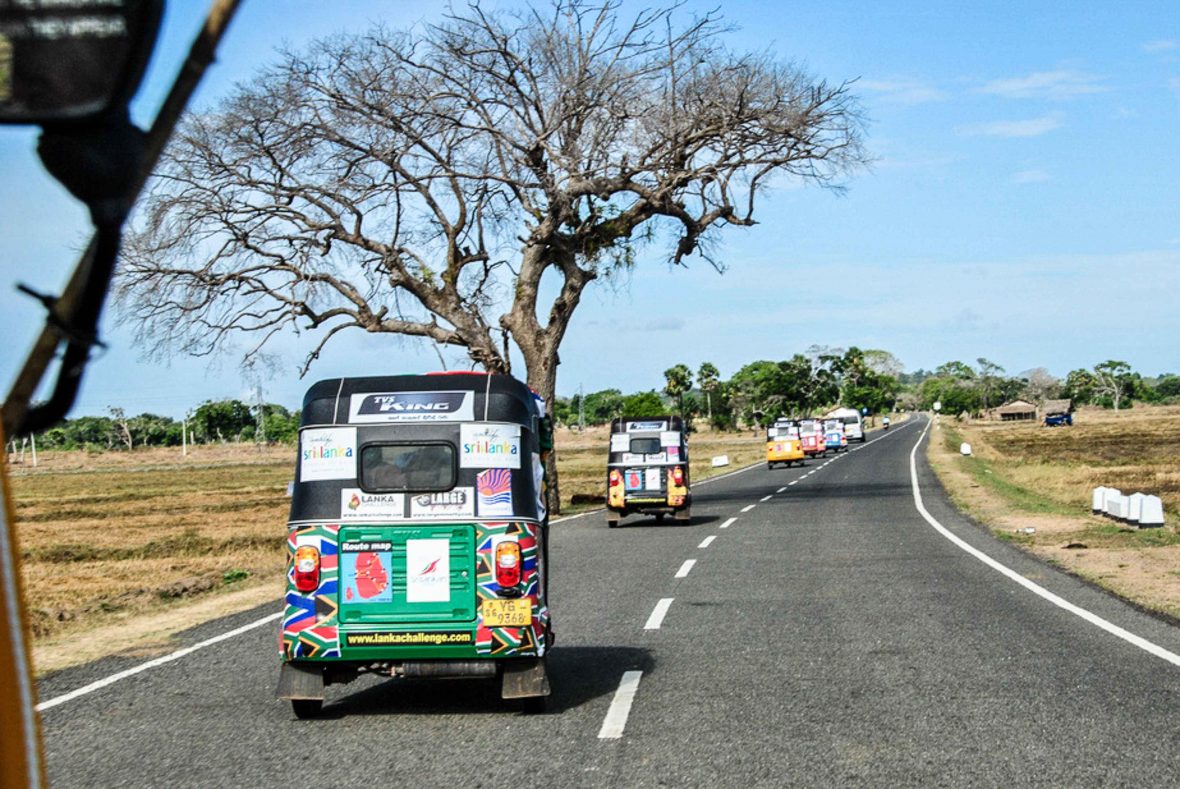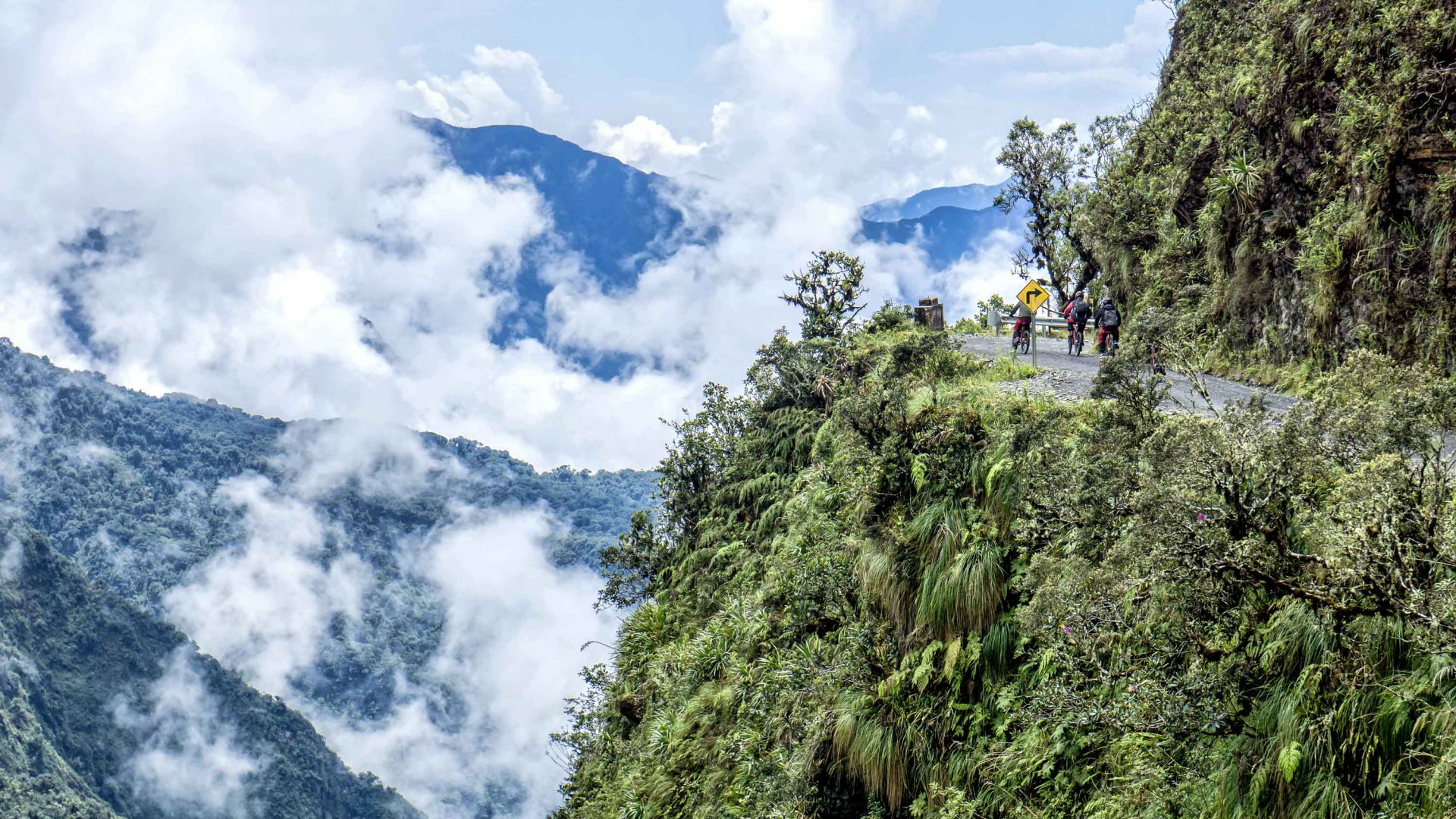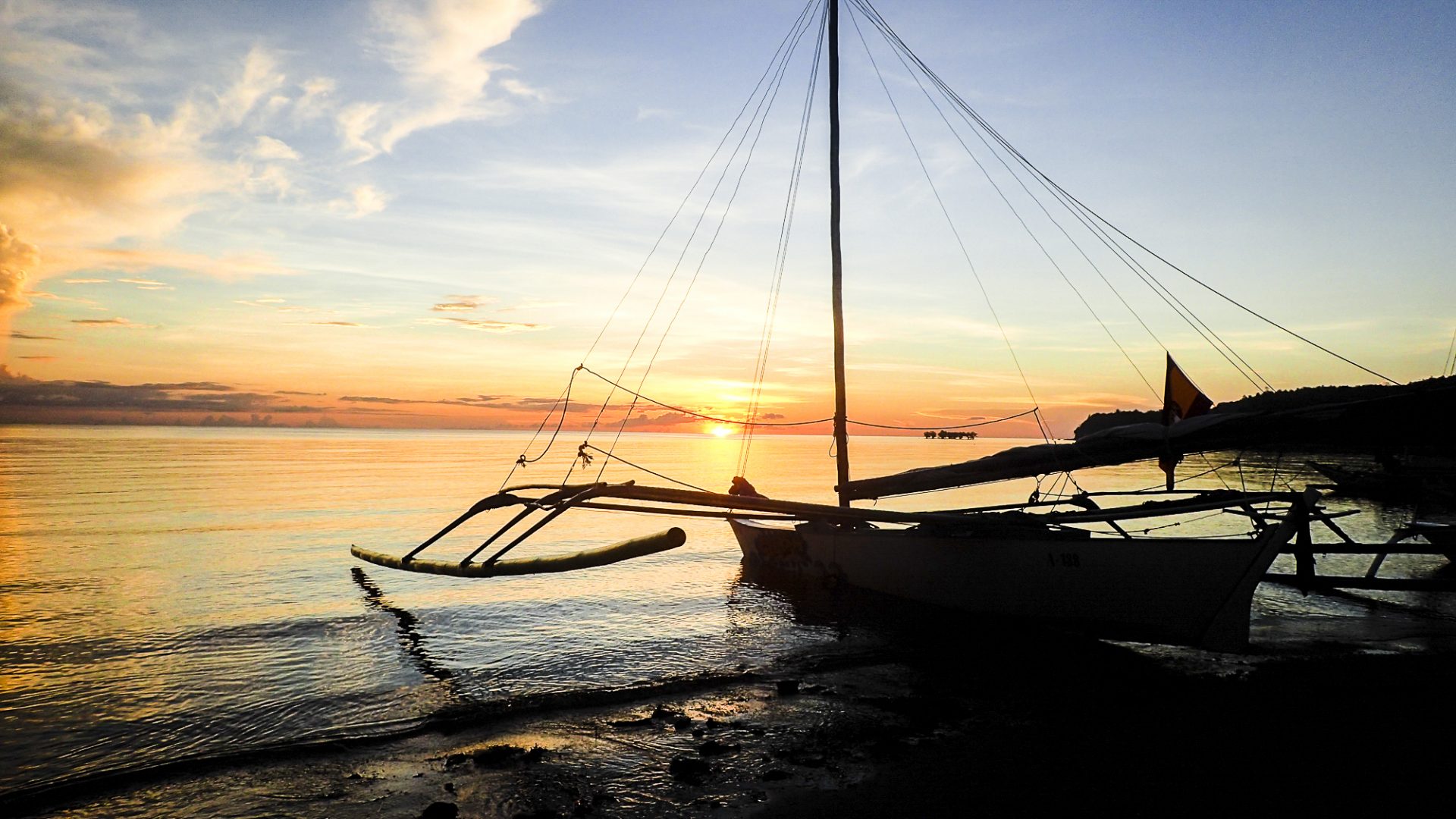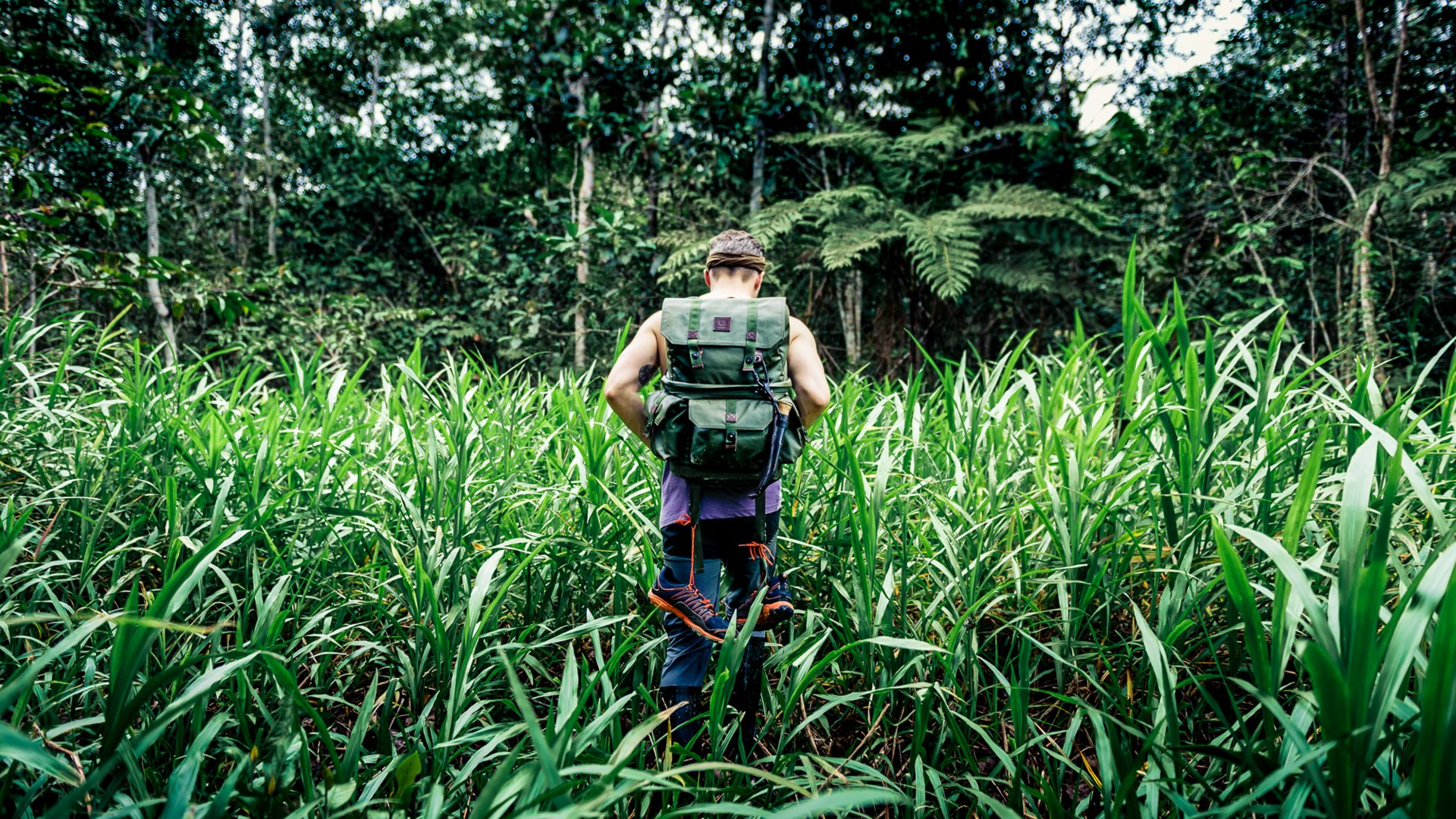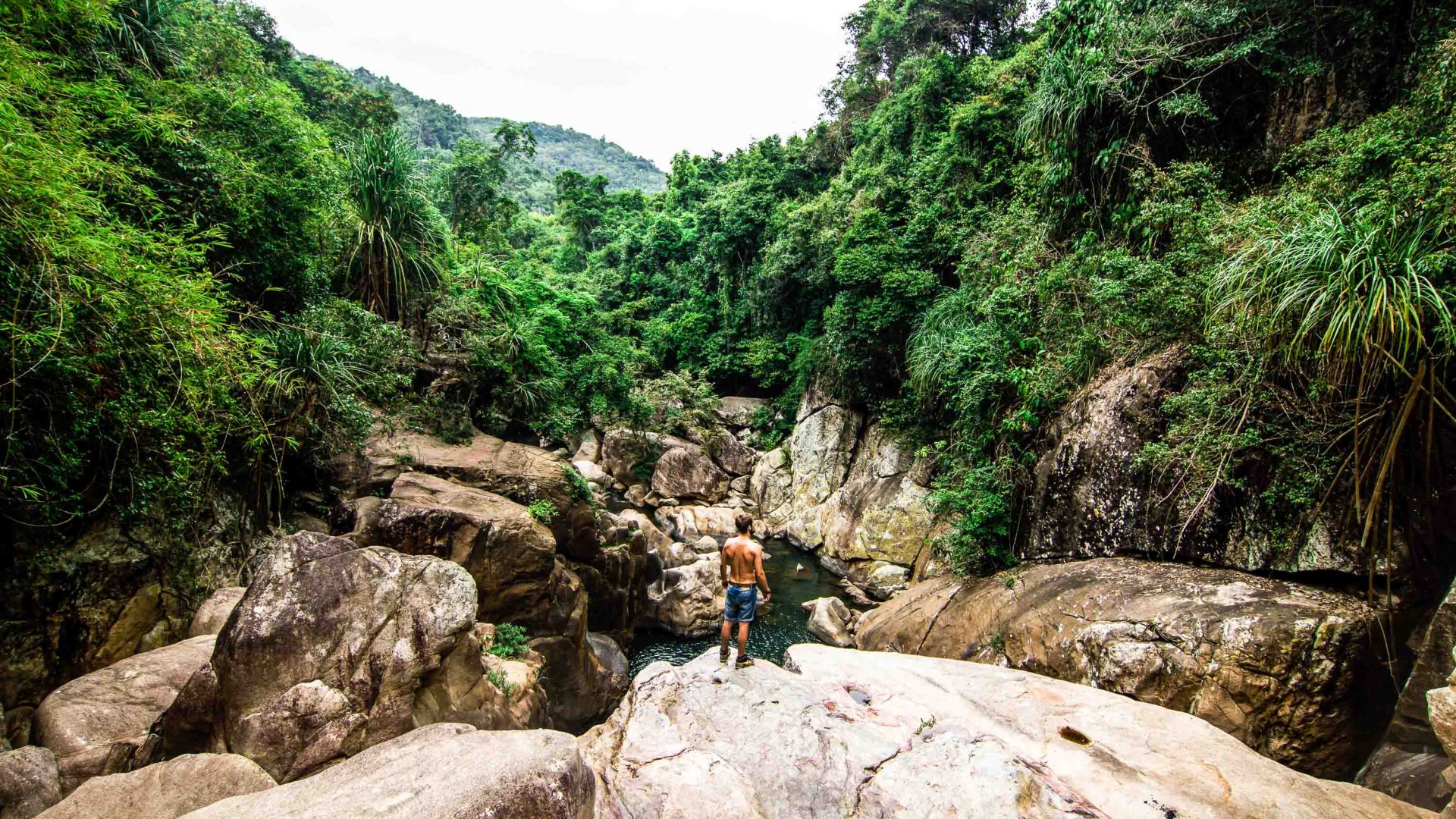More tourists are visiting Sri Lanka than ever before. But if you want to dodge the crowds, you could always sign up for a 10-day, 1000-mile self-drive tuk-tuk rally. What’s the worst that could happen?
It’s a Monday afternoon and I’m watching my brother, Matt, have a mild nervous breakdown. We’re lost in a tangle of spaghetti-nest back roads in rural Sri Lanka.
He’s nearly driven our tuk-tuk into two separate walls in just 10 minutes. “I think something’s wrong with the front wheel,” he stammers. I coax him out of the driver’s seat, inspect the front wheel (to check if it’s been put on sideways) and offer to take over.
A gaggle of local kids is laughing at us. Partly, I imagine, a result of our bad driving. And partly because Matt is dressed as a zebra and I am dressed as a giraffe. If we hadn’t already been driving for six hours, if the light wasn’t waning, and if I wasn’t lost in Sri Lanka with my brother, I’d probably be laughing too.
Matt lights a cigarette in the back seat, I play Jump by Van Halen over our speakers (it is for us what Eye of the Tiger was for Rocky Balboa) and we press on, still not entirely sure what we’re doing, where we’re going, or how to drive a tuk-tuk.
We stop every now and then to ask for directions. “Dolphin Beach Resort?” we grin. Nothing but puzzled expressions, big smiles, and the ever-endearing Sri Lankan head wobble. These guys might not know where we’re going, but it’s impossible to be mad at them for it.
RELATED: Sailing around the Philippines (with no experience)
Keeping in step with the theme of breakdowns, as if by some kind of cruel magic, our tuk-tuk suddenly goes kaput. I roll the keys in the ignition and try and start her up again. I pump the gas to make it look like I know what I’m doing. I make a few noises like hmmm and huh? and oh. Nothing. Nada. Dead.
Matt has just read Zen and the Art of Motorcycle Maintenance and thinks there might be something clogging the fuel pipe. Forever the cynic, I’m not so sure that Robert M. Pirsig’s wisdom extends to tuk-tuks. And so enters my own temporary mania, stage left. The fading light paired with the close proximity of a couple of mange-ridden (and presumably man-eating) dogs has me convinced—in my heightened state of anxiety—that this is where we will die.
I use the last of our phone battery to call Julian—one of the masterminds of this 10-day, 1000-mile tuk-tuk jaunt around Sri Lanka—and let him know in no uncertain terms that we will die soon and, most importantly, that it’s his fault.
I tell him I can hear the sea and see a blue-ish building. Five minutes later, Julian comes strolling down the road, laughing. Turns out this whole not-quite-death-defying scene played out no more than 100 meters from the (until now) mythical Dolphin Beach Resort. We’d just come in via a bunch of backroads, instead of the major, supposedly “well-signposted” road. Forget what they say about taking the road less traveled. It’s not worth the hassle.
A local mechanic fixes our tuk-tuk and the pair of us, still bedecked in our giraffe and zebra outfits, roll into our accommodation—a handsome cluster of rustic beach shacks. We’re met by cheers, laughter and derision from the rest of the idiots (an eccentric mix of nationalities, genders and ages) who signed up for this thing.
The beer, ice-cold, has never tasted so good. The temporary mania exits, stage right. And that was day one of the Lanka Challenge.
After Jaffna, we head back down the east coast. Nilaveli becomes Trincomalee becomes Dambulla. Soon, we’re flinging elephant dung for a photo opp, donating musical instruments to a school, taking selfies with crocs, picking up litter, playing cricket with kids, camping by far-flung lakes, snorkeling with reef sharks, looking for shipwrecks, scooping rotting fish out the back of our tuk-tuk (a practical joke gone wrong), helping fishermen bring in their haul and—in my brother’s case—getting a horrific case of food poisoning.
RELATED: This Amazon jungle trip is the first of its kind
All of this, we learn, is par for the course on the Lanka Challenge. Everything mentioned above (bar the food poisoning) is a challenge—designed to banish comfort zones and encourage cultural immersion (selling things on buses, singing with locals) and responsible travel (donating instruments, picking up litter).
More tourists are visiting Sri Lanka now than ever before—but only a handful have seen the country from behind the wheel of a tuk-tuk. Each day is a struggle, a test of nerves and character, and you’ve no choice but to call on the good people of Sri Lanka and your fellow challengers to help you through it. There’s also, I submit, few better feelings in the world than overtaking a gleaming, air-conditioned tourist bus in a filthy, Japanese-made, 200cc tuk-tuk.
So I tried to regale to my friend the story of our breakdowns—nervous and mechanical—and explain how we came to be dressed as a zebra and a giraffe (it was part of the challenge, of course). But I couldn’t stop giggling. These kind of nervier travel moments have a way of becoming hilarious after the fact. “Sounds kind of crazy,” she said, before walking off.
I guess, on reflection, it kind of was.
—-
